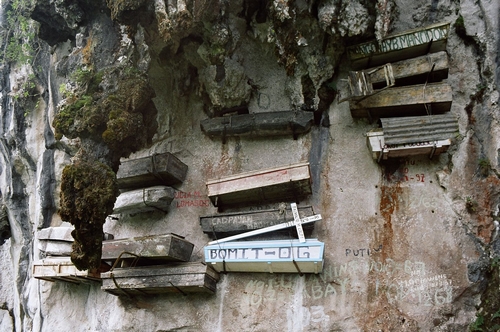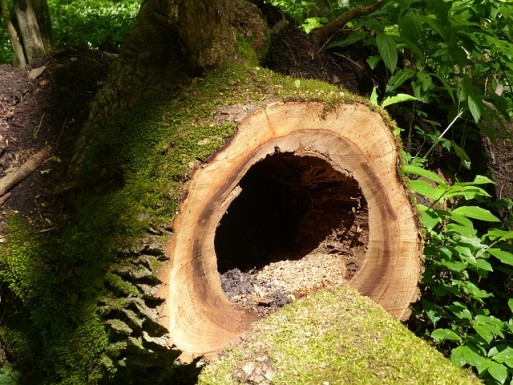When you hear the word “funeral,” your mind might drift to images of people gathering around the caskets or urns of lost loved ones, while delivering eulogies and culminating with either digging dirt for the grave or scattering the ashes somewhere special to the person who has died. For various ethnic groups in the Philippines their funeral customs are anything but ordinary and serve as examples of just how diverse funeral practices can be among the people living in a single country.
During this period, a rite known as bangil, a biographical narration in chant form, occurs as well as mourners striking bamboo sticks to ensure that the departed loved ones reach heaven.
In the northwestern part of the Philippines, the Benguet group’s tradition includes blindfolding their dead loved ones and then placing their bodies in chairs situated at the main entryways of their houses for a total of eight days. During this period, a rite known as bangil, a biographical narration in chant form, occurs as well as mourners striking bamboo sticks to ensure that the departed loved ones reach heaven.
For the Benguets’ neighbors, the Tinguians’ funeral customs last several weeks. Loved ones dress the departed bodies in their finest garments, seat them in chairs and occasionally will place some sort of lit tobacco product in their lips.
Trees also play an important role in the funeral customs of several Filipino ethnic groups. For the Caviteño people near Manila, trees serve as the burial spots for the dead. When people either become terminally ill or close to dying from old age, they get to pick out the trees where their bodies will eternally reside. When death occurs, they are laid to rest in the excavated tree trunks from their chosen trees. For the B’laan people, it is customary for those who have died to be wrapped up in tree bark and then suspended from treetops.
The purpose for this practice stems from the belief that this location of the placement of the coffins allows those who have departed to be closer to heaven.
Similar to the treetop suspending for the B’laan, hanging coffins on mountain cliffs can commonly be found in the Sagada province of Mountain Province. The purpose for this practice stems from the belief that this location of the placement of the coffins allows those who have departed to be closer to heaven.
While some ethnic groups believe that trees should be the final resting places, the Apayaos — also known as the Isnags or Isnegs — choose to bury their departed loved ones underneath the kitchens in their homes. This sampling of various customs surrounding funerals and burials reminds us how one country and its culture does not necessarily mean that only one type of these customs needs to exist. Variety allows the flourishing of perspectives to happen.

 The Unique Funeral Customs of Various Filipino Ethnic Groups
The Unique Funeral Customs of Various Filipino Ethnic Groups




 “Help Me, Helen”
“Help Me, Helen”
 Recovering Cremation Remains After the Los Angeles Fires
Recovering Cremation Remains After the Los Angeles Fires
 “As Tears Go By” by Marianne Faithfull
“As Tears Go By” by Marianne Faithfull














